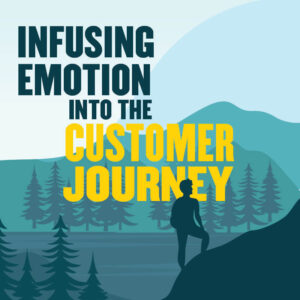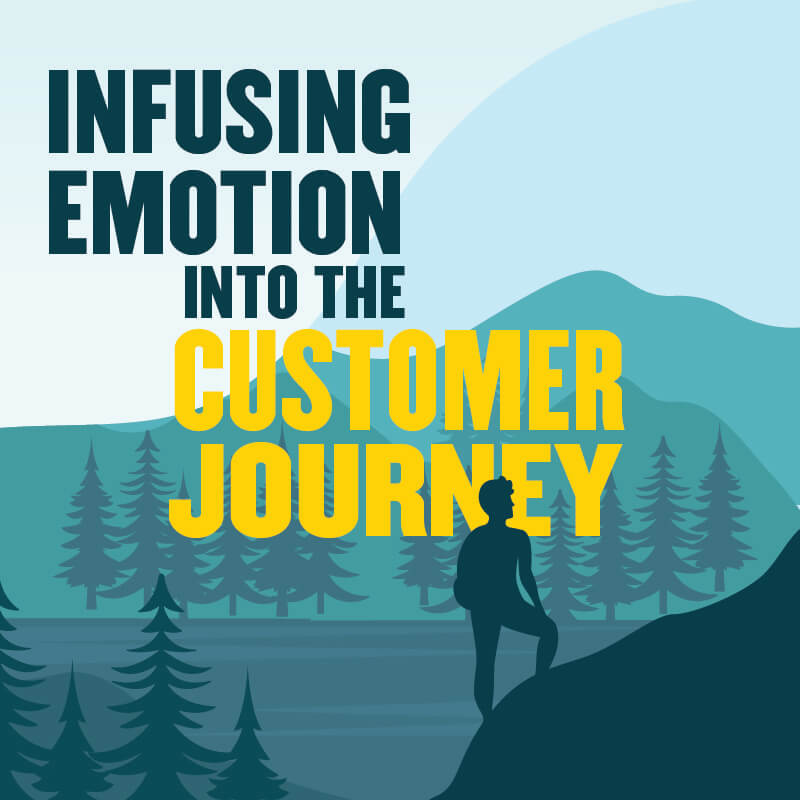Article
The Magic that Makes Customer Experiences Stick. Stefan Thomke.
Journal
MIT Sloan Management Review. September 2019. Vol 61, No. 1
Reviewer
Dr. Luciano Castro, Clinical Associate Professor
Summary
Mapping the customer journey and thinking of ways to improve the customer experience have seen increased attention from marketing academics and practitioners. Companies use these methods in attempt to maintain customer engagement and loyalty in a very crowded, multichannel, connected and diversified marketplace.
At the root, this process starts by understanding every touchpoint a company has with its customers along their journey and identifying customer pain-points and positive interactions along the way. The goal behind the potential ideas that come from this exercise is to maximize the value — functional or symbolic — and provide efficiency, best cost and other benefit solutions to customers.
More often than not, experts suggest including automation or digitization strategies into the customer journey, which provide convenience in our increasingly connected world with smartphones, laptops and wearables. Experts also recommend rethinking the customer process in a way that strategically “pushes” customers forward through the purchasing process.
These recommendations are valid, important and should be taken into consideration, but the customer journey and experience doesn’t stop there. In Stefan Thomke’s article, he reminds us that without emotion, we would likely just be providing another average customer experience. Thomke says, “Customers want their choices to align as much with their feelings and senses as with their values and ethics.” He goes further, saying that, “People like to think of themselves as logical, but the truth is that emotions inspire decisions.” In summary, Thomke is saying that a person’s rationale or thought process about buying a product or service may adjust to align with their experienced feelings. While feelings are difficult to measure and explain, they are the driving force behind the customer experience!
Customers are emotional beings, not rational automatons. When we think of cognition (thinking), emotions (feeling) and motivation (acting), Thomke emphasizes that emotions are what come after a cognitive appraisal and are the fundamental piece that triggers the action to make a purchase. Thomke’s article also mentioned some interesting data about B2B purchasing decisions: “An interview of 3,000 B2B buyers across 36 brands and 50 B2B marketing organizations found that personal value (appeal to emotions) has twice the impact of business value (appeal to logic and reason) on favorable decisions.”
With this knowledge, Thomke advises us to infuse emotions into the customer journey as a way to connect to with them, create memorable experiences and differentiate ourselves from the competition. He provides five main ideas on how to build emotion into the customer experience:
- Stimulate the senses: Sensory stimulation triggers emotions such as surprise, trust, joy and even anticipation. The idea is to use senses to create emotional experiences. For example, Ferrari specifically designed the sound of its engines and the interior of the car to fit what drivers of Ferraris were looking for in terms of experience. Similarly, simplicity plays a key role in Apple products. It is not the overload of messages, but the simplicity of the design that stimulates the touch and visual senses.
- Turn disappointment into delight: If a customer unfortunately experiences a mistake or mishap from a provider, it is a great opportunity for the provider to correct the mistake, create a memorable experience, retain customers and stimulate positive word-of-mouth. A negative customer experience addressed by the provider opens the door for an emotional bond. Pain-points should not be seen as a process task, but instead as another avenue to delight customers. The article references a woman losing her purse at Disney on the first day of her vacation (containing her money, credit cards, passport, etc.). Disney took the opportunity to provide her with food vouchers and tickets so that her family could return to the park the next day. She was delighted by the gesture, and even more pleased to learn that an employee found her purse at the end of the day and returned it to her. Remember, average experiences create average satisfaction.
- Plan to surprise: Create powerful, unique moments of surprise along the customer journey for all or select customers. This can be done through customer service, marketing, sales, or other areas, and act as a differentiator from competitors. Establish a customer care culture in your employees that encourages them to provide customers with the element of surprise. Thomke’s article makes mention of a “memorable experience budget” that is to be used to surprise and delight customers at the discretion of employees based on their own judgement. While it’s difficult to maintain the process of surprising customers, it’s important to create an atmosphere that empowers employees to provide these spontaneous actions for special customers rather than prevent them.
- Tell compelling stories: “A good story well told and repeated often is a powerful way to create an emotional connection between customers and the company,” said Thomke. Companies can infuse these stories into their customers’ brand experience and provoke an emotional response that will create sticky memories. When customers learn something interesting, they like to retain and share what they have heard. They also start to perceive more value out of something they see a meaningful story behind. Special food products can serve as a great example of this. After visiting a wine production region, vineyard, winery or other facility on a wine tour, customers are more inclined to appreciate the wine from that specific place and buy it because they know the story from which is was made and can share it with others.
- Run controlled experiments: Trying different strategies for provoking emotions and constantly measuring impact from innovative actions is a way to ensure a company is following a path of constant customer experience improvement. Thomke references Booking.com in his article. Booking.com’s messages like, “Book now or you will lose this reservation,” followed by, “Congratulations, you now have your place,” or “Congratulations, you got an excellent price and spot”, have the potential to create emotion along the journey for someone trying to plan a business or leisure trip. According to the article, 9 out of 10 tests fail to have an impact on key performance metrics, but Booking.com keeps trying to find the right strategy that impacts customers.
What this means for Food and Agricultural Business
We tend to consider agribusiness industry players as a fairly rational type of buyer not subjected to much emotion. However, exposing them to different emotions may be an opportunity for differentiation in a space where, oftentimes, products are perceived similarly.
John Deere and Pioneer are examples of brands that have created value using the emotions and attachment their customers feel toward them. This creates a platform for their products and services. Does your agribusiness have a great history to be shared? Similarly, ag equipment companies could explore the use of stimulating senses to sell “agricultural Ferraris”!
Farmers go through a difficult and challenging, yet fulfilling, journey of planning, planting, crop harvesting and trading with many pains and gains along the way. They deal with a multitude of players and experience many frustrations, but customer care professionals can easily explore this reality and use it as an opportunity to better serve these farmers. Surprising customers and turning disappointment into delight can be applied along the customer journey if executed professionally by sales teams, for instance. Additionally, customer prioritization and key account management techniques can be extremely helpful in managing customized efforts for farmers.
Often, maximizing profits is not what truly matters most to farmers in the short-term. Instead, they care about working the land accordingly, following their beliefs, respecting the family tradition and delivering sustainable financial, social and environmental solutions. These key priorities are important for marketing departments in agribusinesses to recognize and cater to.




